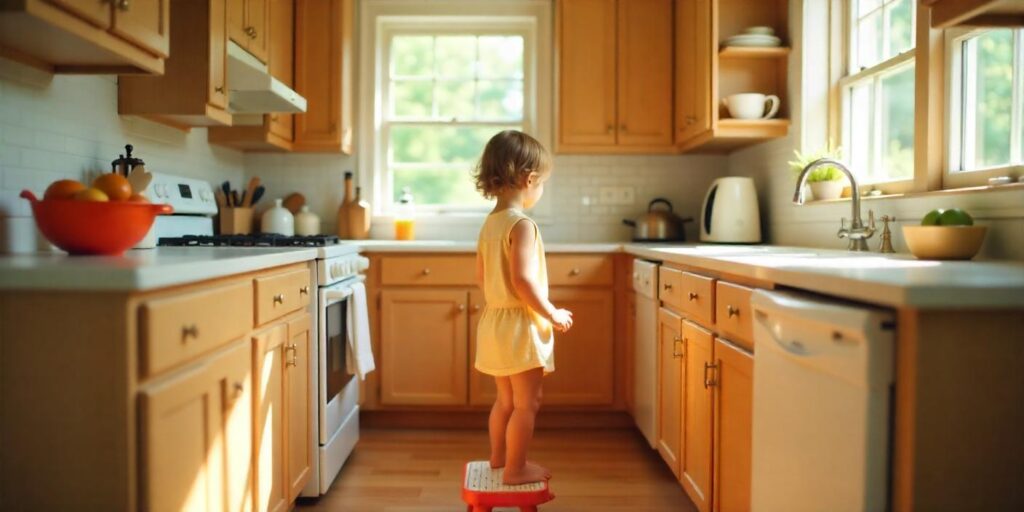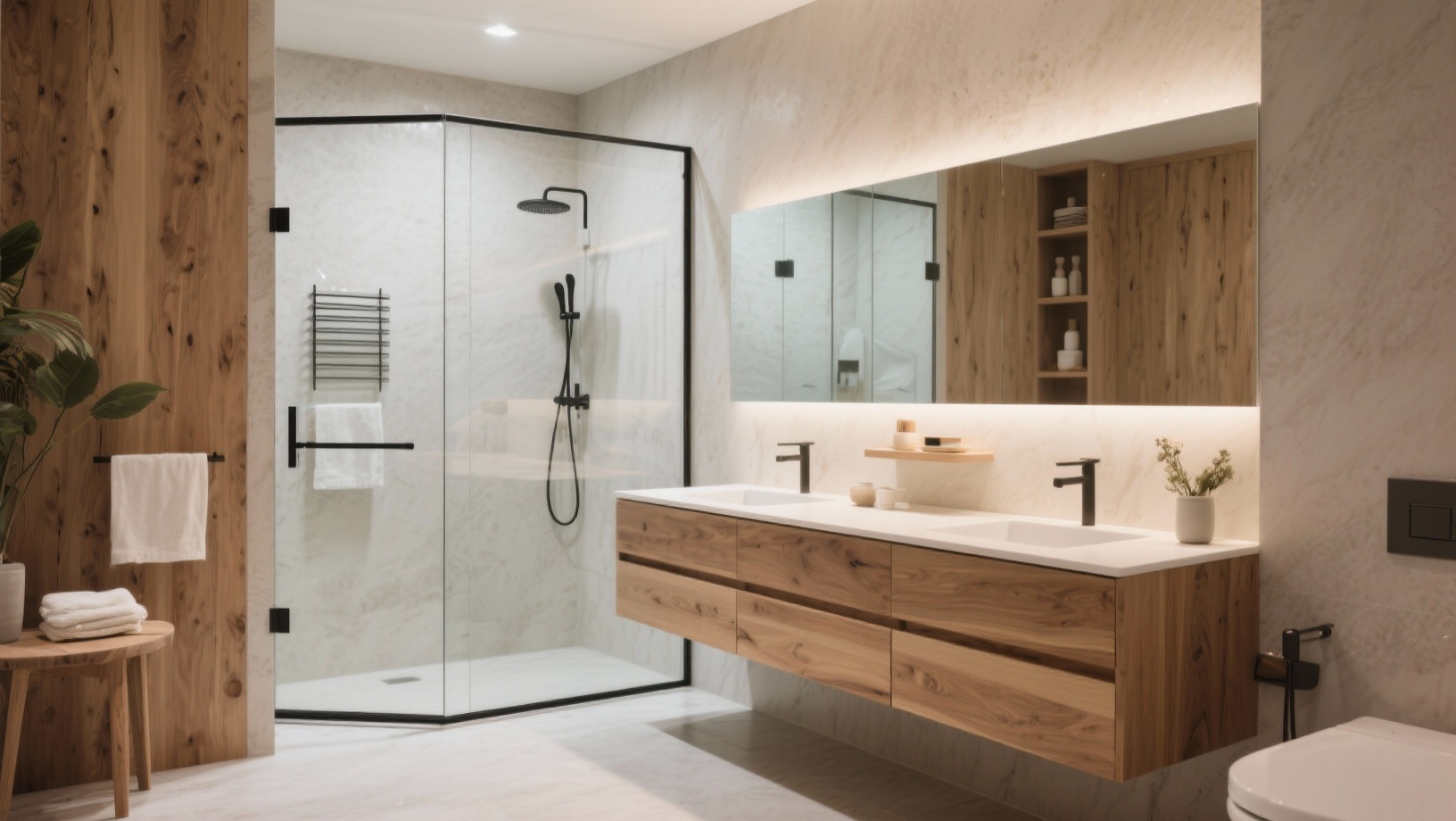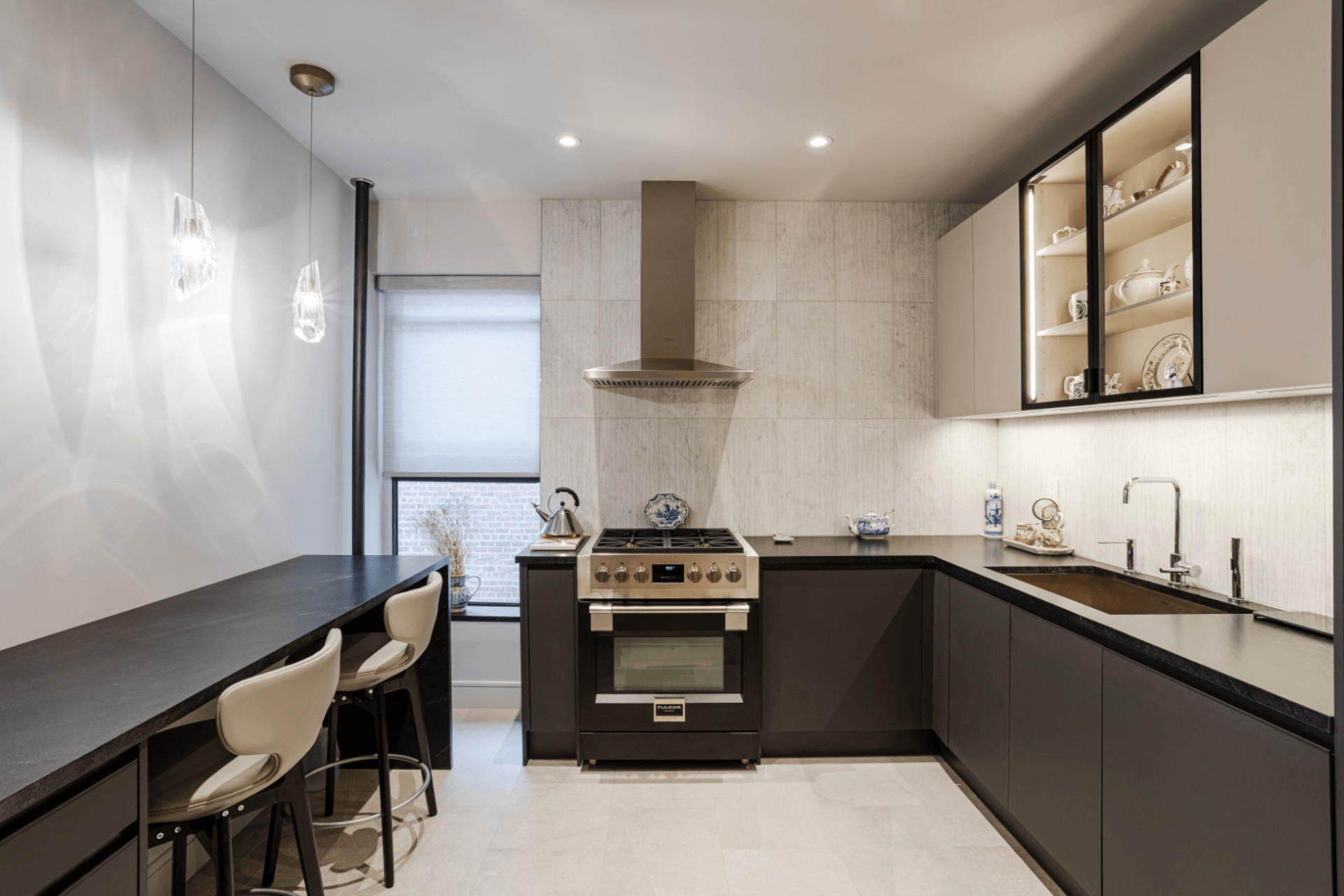Safe spaces for kids is important especially in homes that have elements such as cabinets. There are many ways to ensure that the kitchen is safe for kids in the house. Continue reading on to find out more.
Safe Spaces For Kids 1: Rounded Edges And Corners
Especially when using child-friendly cabinets built from environmentally friendly materials, rounded edges and corners are a basic design feature in making safe surroundings for children. Children are always moving, discovering, and occasionally tumbling in homes, daycares, and preschools so it is important to lower possible injury hazards from sharp cabinet edges.
Rounded edges on cabinets give a gentler impact surface, therefore greatly reducing the risk of head injuries, bruises, or slashes during play or everyday activities. These subtle curves improve safety as well as create an inviting and visually pleasing design. Combined with eco-friendly materials like reclaimed wood, bamboo, or formaldehyde-free plywood, the result is a good and sustainable environment in which kids may flourish.
Low-VOC coatings on these curved surfaces help to preserve air quality and thereby protect youngsters from detrimental emissions. Moreover, rounded cabinet elements may fit in several design approaches from modern to rustic without sacrificing visual attractiveness. Curved drawer pulls or recessed handles, for example, remove protrusions small hands might catch on.
Cabinets with rounded edges reflect a considerate approach that honours safety and environmental responsibility whether in a playroom or a study space. These small but effective design elements foster, child-friendly environments where children may roam freely and parents or caregivers can relax knowing the surroundings is environmentally safe and safe. In the end, adding rounded edges to eco-material cabinetry is a wise buy for next generation's safer, greener environment.
Safe Spaces For Kids 2: Soft Close Hinges
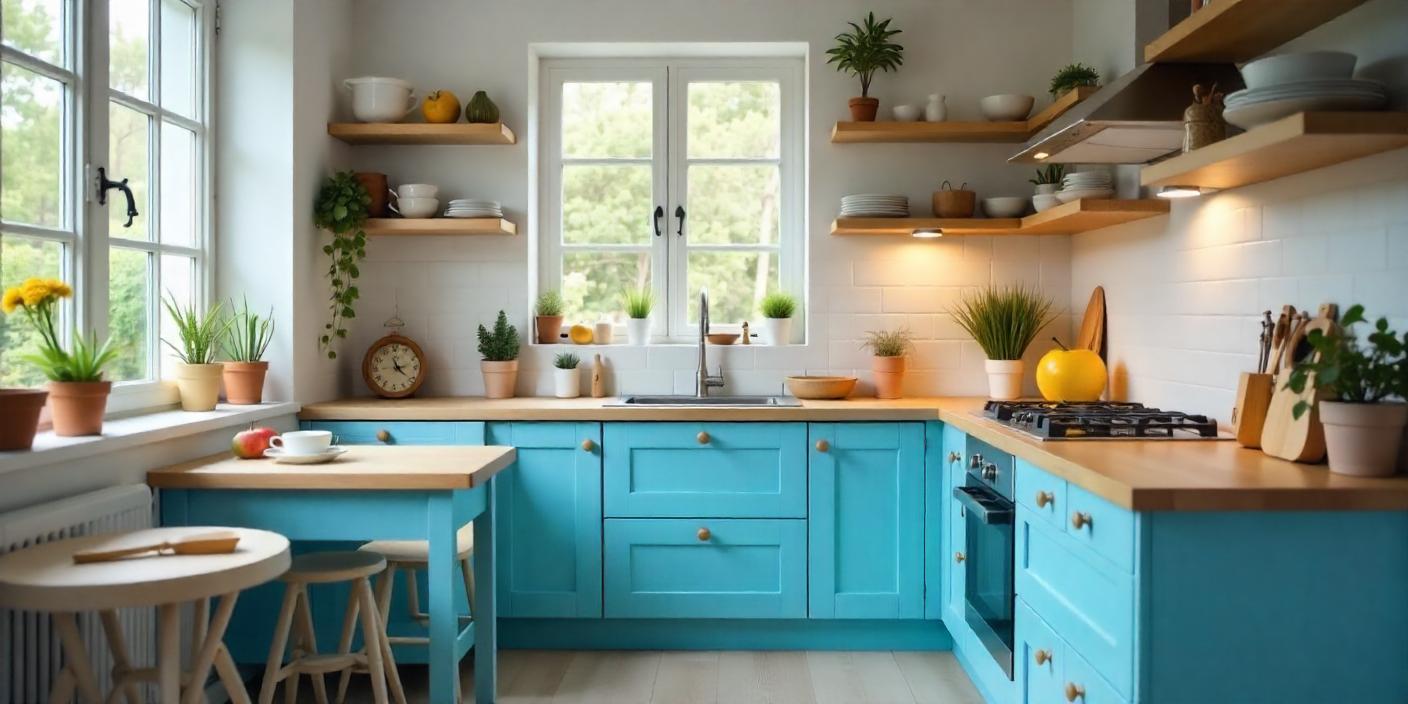
Particularly when building child-safe cabinets using eco materials, soft-close hinges help to establish safe areas for children. Designed to stop cabinet doors and drawers from slamming shut, these hinges thereby remove one of the most often occurring injuries like pinched fingers. This soft closing feature lowers abrupt noise, which is especially useful in settings like homes or preschools where serenity is crucial.
Soft-close hinges give parents and caretakers peace of mind since they know their kids may investigate storage spaces with less chance of injury. Together with eco-friendly materials like bamboo, formaldehyde-free plywood, or recycled wood, these hinges promote a whole method of safety and sustainability.
@ampquartzcabinets When the team’s trying to capture our latest RM100K+ aluminium kitchen masterpiece in Kempas, but I can't resist stirring things up! 🤭 Trust me, you’d be playful too if your kitchen had 90% storage compartments—imagine all the snacks you could hide! 🍪 #AmpQuartz #DesignedByYou #BuiltByUs #KitchenGoals #JohorHomes
♬ original sound – AmpQuartz – AmpQuartz
Eco materials guarantee less poison emissions from the cabinets, therefore shielding youngsters from damaging off-gassing and so enhancing interior air quality. In keeping with sustainable design ideas that limit the need for regular replacements, soft-close hinges also help the cabinets' durability and lifetime. Green materials and soft-close hinges in cabinets not only protect children physically but also promote independence by enabling kids to safely access their possessions.
Whether in a daycare, playroom, or child's bedroom, the inclusion of soft-close hardware shows a dedication to child safety and environmental accountability by means of a subtle touch. Soft-close hinges are ultimately more than simply a comfort; they are a critical component in designing compassionate, safe environments where kids may develop and learn free from unnecessary hazards.
Safe Spaces For Kids 3: Low Height Storage
Through child-friendly cabinet design employing eco-friendly materials, low-height storage helps to create safe areas for children by being a necessary component. Designers help kids to play independently with their surroundings by arranging shelves and cabinets at a child’s eyesight level.
Early developmental abilities including decision-making, accountability, and organisation are supported by this design option since youngsters can readily access toys, books, and educational materials without requiring adult help or scaling hazardous furniture. Low-height storage reduces the risk of falls and toppling mishaps, therefore enhancing safety particularly when cabinets are firmly attached to walls. Soft-close systems and rounded corners lower further the hazards of injury. Built using eco-friendly materials like as formaldehyde-free plywood, sustainably sourced bamboo, or recycled wood the cabinets not just shield kids from dangerous toxins but also encourage a better indoor climate.
Using natural sealants or low-VOC, non-toxic coatings to complete the surfaces guarantees that inquisitive tiny hands stay safe even if they touch or mouth the surfaces. Including natural materials like linoleum or cork within the cabinets provides sensory interest and is simple to maintain and antimicrobial. Open shelves with visual labels or vibrant bins can promote cleanliness and make organising sense a fun, age-appropriate chore, therefore increasing functionality and involvement.
Low-height storage ultimately represents intelligent, inclusive design since it advances independence and safety while also supporting environmentally conscious ideas. Children feel in control, parents relaxed, and sustainability is effortlessly incorporated into daily living environments when this creates an atmosphere.
Safe Spaces For Kids 4: Secure Wall Mounting
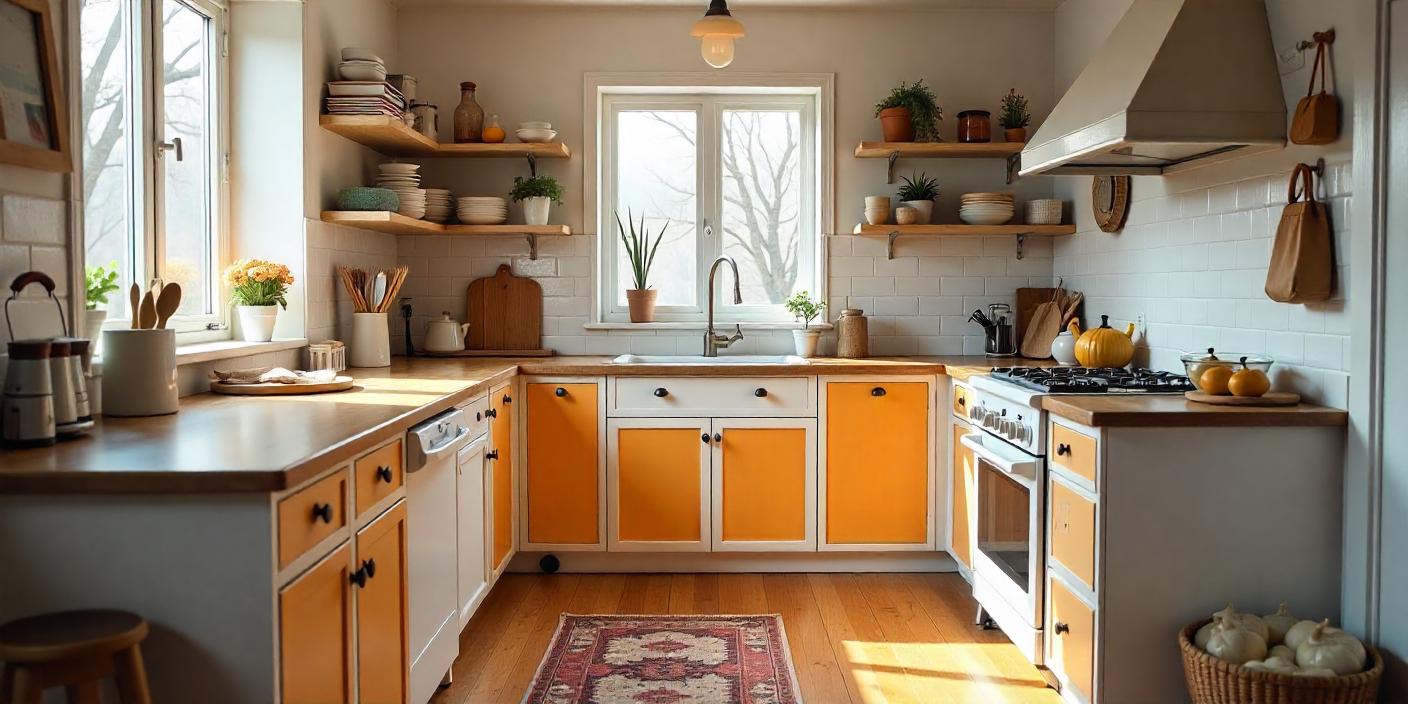
When building child-safe cabinets, especially in areas like homes, daycares, and preschools where young children often roam, secure wall mounting is an absolutely essential safety precaution. Children are innately inquisitive and may pull, climb, or lean on furniture — actions that can cause major injuries if cabinets are not securely fixed.
Strongly fastened cabinets to the wall reduces the danger of tipping, therefore greatly improving the surroundings. This is especially crucial for taller or freestanding units, which could topple under a child's weight. Wall-mounted cabinets should be set using suitable gear — heavy-duty brackets and anchors fit to the wall type (drywall, concrete, etc. ) Mounted cabinets not only improve safety but also provide more floor space for activity and play by eliminating clutter. Including environmentally friendly materials like bamboo or formaldehyde-free plywood into these designs provides another layer of health-conscious decision-making.
@ampquartzcabinets Nak kabinet tinggi kena ada storage macamni senang nak letak barang 😍 #AmpQuartz #KitchenCabinet #KitchenStorage #StorageBasket #CustomCabinet #JohorBahru #fyp #fypage #fyppppppppppppppppppppppp #jj
♬ original sound – AmpQuartz – AmpQuartz
These materials not just lessen the environmental effect but also prevent discharging dangerous poisons into indoor air so vital in confined environments used by children. Non-toxic paints and coatings improve the safety of mounted cabinets even more. Keeping all units well fastened, designers may balance form with utility by positioning cabinets at varied heights higher ones for adult storage and lower ones for child access.
Basically, safe wall mounting turns regular storage into a guard, environmentally friendly design element that promotes sustainable living and kid safety. It's a fundamental but vital component in making neat, safe environments that encourage exploration and development.
Safe Spaces For Kids 5: Non Toxic Finishes
Ensuring a secure environment for children especially banks on using non-toxic finishes, particularly in the making of green cabinets. Since their immune systems are yet to be well developed, youngsters are susceptible to off-gassing of VOCs, formaldehyde, and other toxic chemicals used in regular paints and coatings, a situation which poses a risk to health.
Conversely, non-toxic finishes contain natural or low VOC content and hence can be safely applied indoors. Since such surfaces promote good indoor air quality, they reduce the spread of respiratory diseases, allergies, or chemical sensitivities. The non-toxic coatings used on environmentally friendly cabinet substrates like bamboo, reclaimed wood, or formaldehyde-free plywood render the entire design safer and greener.
Natural waxes, plant-based oils, and water-based paints are great illustrations of child-friendly alternatives that provide strong, easily wiped surfaces without compromising performance. Since they fit most appropriately into the room like playrooms, bedrooms, or offices where the children spend hours at a stretch, these tables are also normally with no fumes or release extremely low fumes.
Choosing cabinets coated with non-toxic chemicals shows a deliberate, health-aware attitude toward interior design that gives young users' well-being top priority as well as the environment front most. Essentially, combining non-toxic coatings into child-friendly cabinet designs not just protects children from toxic exposure but also promotes a more environmentally responsible lifestyle, therefore these cabinets become a major component of safe, caring environments for children.

